Urbanism without Borders: Lessons from Kunshan to Carolina
How one student’s global journey reframes what’s possible for American cities
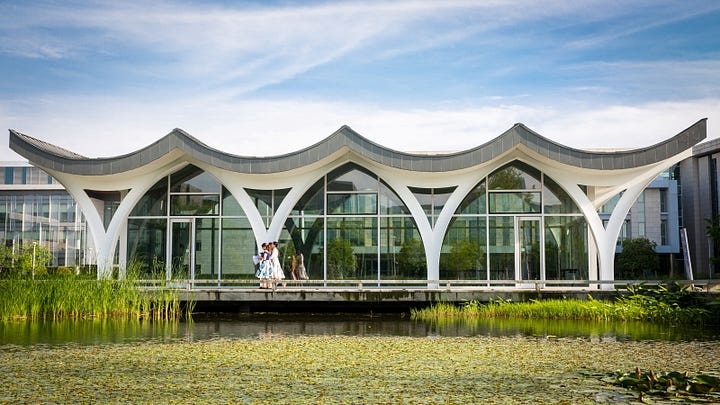
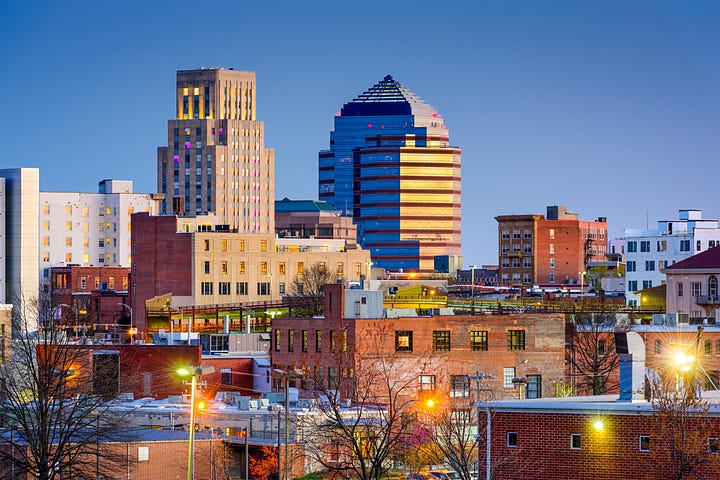
When I attended Duke Kunshan University, thousands of miles from my hometown of Kansas City, my passion for urbanism was sparked unexpectedly. While I originally pursued a path in local government to create positive change in my own community, studying at DKU expanded my understanding of what that change could look like, introducing me to the intricate world of urban design and planning.
From the impressive public transportation systems in China to the grassroots urbanist energy in North Carolina’s Triangle region, my journey has shown me the transformative power of thoughtful city-building. My experiences across continents, from Kansas City to Kunshan to the Carolinas, have shaped my vision for more livable, equitable, and inspiring communities.
Growing Up in Suburbia
Like most Americans, I grew up in suburbia. I won’t bore you with the details I’m sure you’re familiar with. My neighborhood was quiet and spread out, and you couldn’t go anywhere without a car (though that didn’t stop me from trying!). The distance between people, resources, and opportunity was staggering, and I felt like there was little hope for change.
That stifled feeling is what made me apply to colleges as far from Kansas City as possible. And as much as I love my hometown, I knew I needed to experience places where connection wasn’t so rare. I didn’t have the vocabulary for it at the time, but I was already searching for more livable, people-centered places.
Lesson 1: Life in Cities
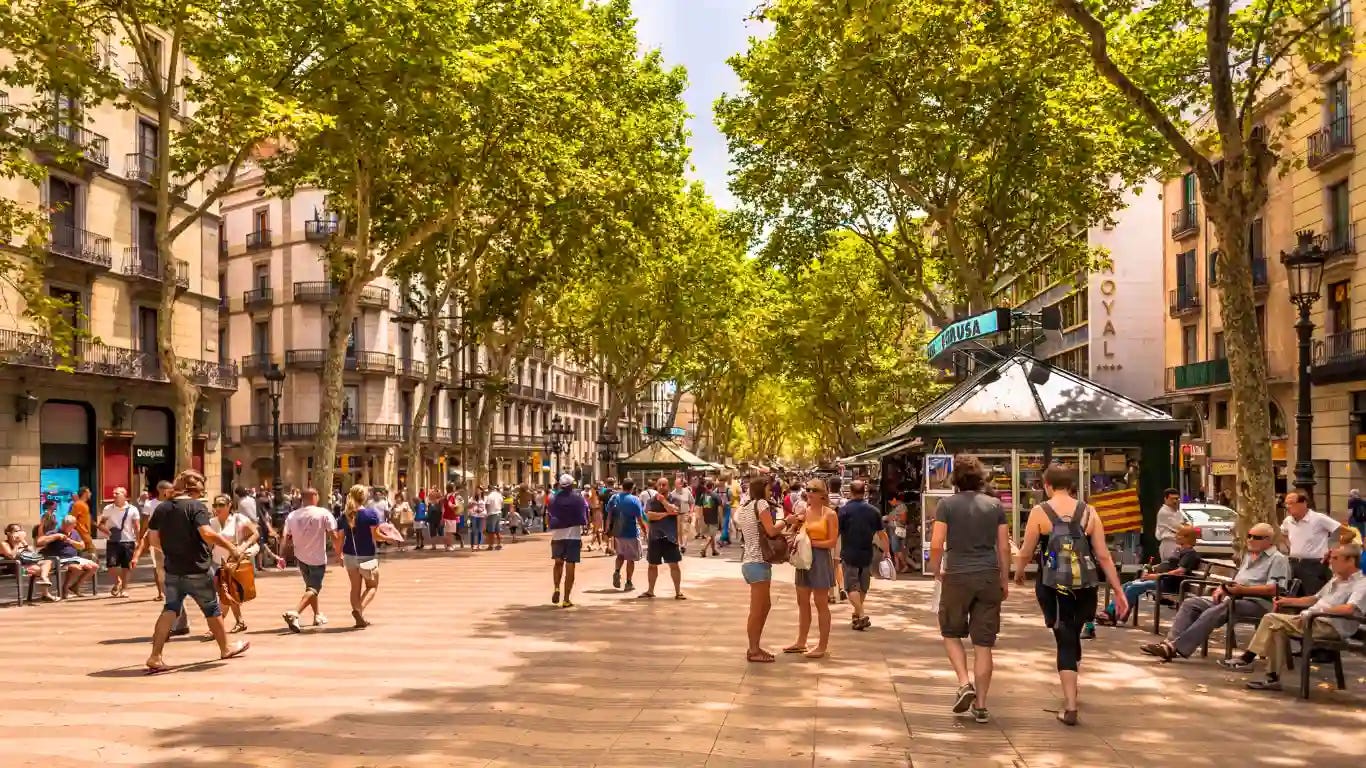
Because of COVID-19, I spent my first semester of college in Barcelona. Several firsts occurred: It was the first time I had ever left the country, the first time I lived in a walkable city, the first time I regularly used a subway (my one ride in Chicago didn’t count), and the first time I saw what it looked like for trees to belong in cities. They were there not as an afterthought, but as part of the urban landscape.
Barcelona was magical, despite occasional unpleasant odors. I think often about the Sagrada Família and how it embodies the idea of weaving the past into the present, instead of ripping it up to make something “new.” We rarely do this in the States. Too often, we treat the past as something to demolish or preserve entirely rather than a foundation to build on.
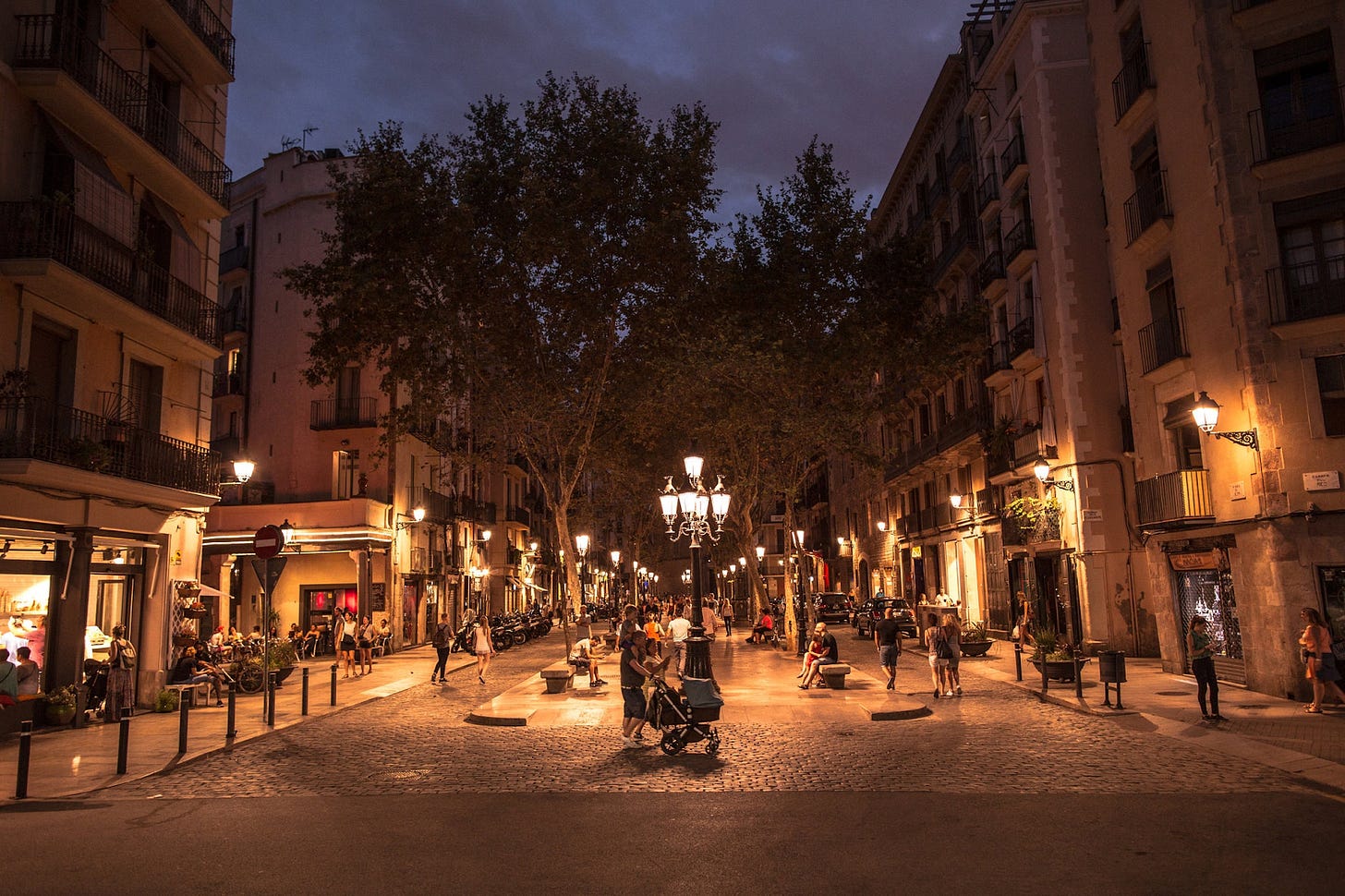
Barcelona’s focus on foundational building isn’t limited to individual structures. The city’s superblocks (or Superilles) reimagine entire neighborhoods by prioritizing people over cars. Within each 400-by-400-meter section, car traffic is restricted and slowed, and the streets are reclaimed for pedestrians, cyclists, and community life. I remember walking through those streets that first week and being struck by how peaceful it was; kids played and seniors lingered on benches under trees. The rhythm of life felt different. After seeing them firsthand, I stopped thinking of better cities as hypothetical dreams. Superblocks made urbanism real.
I left Spain realizing that urbanism is a way of living, one that values connection, culture, and continuity.
Lesson 2: Infrastructure is a Choice, Not a Dream
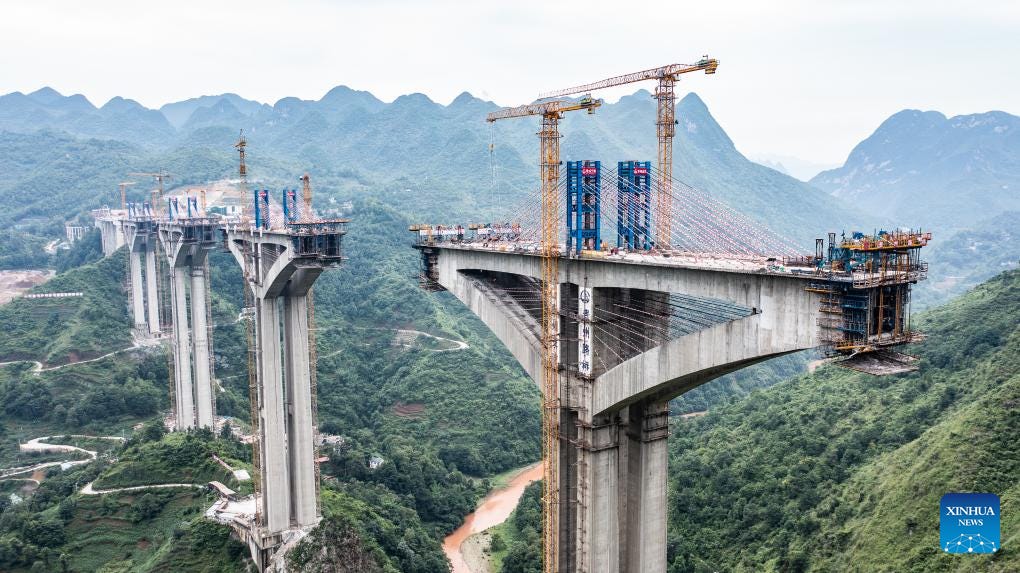
Attending Duke Kunshan University in China showed me just how fast cities can change when there’s political will, investment, and a long-term vision. In just two and a half years at DKU, I watched a new subway line get built, connecting our “small town” of two million to Suzhou and Shanghai, two metropolises with populations well over 10 million.
That subway line wasn’t just a vanity project. It made life easier. It gave people options, whether you missed the last high-speed train, or wanted a cheaper way to get home after a late night out. And it was layered on top of an already impressive transportation network: buses, regional trains, bike lanes, and more.
I know it might sound like a lofty comparison. To be clear, I’m not suggesting that the U.S. should emulate every aspect of how other governments operate, especially when it comes to top-down decision-making. But what my time in China showed me is that when there’s political will, long-term vision, and investment, cities can transform quickly and meaningfully. In the U.S., we often talk about growth and progress, but we don’t always back that up with the infrastructure investment needed to support it.
Across America, we treat things like public transit and housing investment as impossible luxuries. But China showed me that infrastructure is a choice. It’s a decision governments make, at all levels, to build for the future or to repair the past.
Lesson 3: Policy
Finally, my junior year at Duke here in North Carolina, I’ve seen what change looks like at the grassroots level. In Durham, I’ve learned how local land use policies are written and who they leave out. I joined conversations around housing justice and zoning reform.
This is where I learned the language to describe what I want to see: missing middle housing, transit-oriented development, and walkable urbanism. It’s also where I saw just how slow, difficult, and necessary change is in the American political process.
But the Triangle gives me hope. People here are organizing for better housing options. Raleigh and Durham are leading conversations on housing choice. Cary has moved toward allowing more flexibility in how their residents can live and build. The Triangle is waking up to the future, and beginning to prepare for the growth we know is inevitable and already underway.
Dare to Imagine
Many people in the U.S. have given up on the idea that cities can get better. I get it. After a long day of work, who has the time or energy to think about transit maps or zoning codes?
But change starts with imagination. Before policy, before development, before infrastructure… we have to believe it’s possible. My travels taught me to believe. They showed me what cities can be, and that no place, not even the most car-dependent suburb, is beyond some small transformation.
Not everyone gets the chance to study abroad. I was only able to swing the international flights thanks to my amazing aunt, who works as a flight attendant (love you, Auntie!). But you don’t need to go to China or Spain to be an urbanist. You just have to care about your neighborhood and believe it can evolve.
So here’s my hope: that more of us will dare to imagine. That we’ll plan, vote, organize, and dream our way into the kind of cities we deserve. Because the future isn’t somewhere else. We can build it here.
Kyaira Boughton is a visiting student from Duke Kunshan University, pursuing a dual degree in Computation and Design with a focus on Social Policy. With expertise in GIS, 3D modeling, and urban policy, Kyaira combines technical and social insights to effectively analyze and communicate complex urban design concepts.

